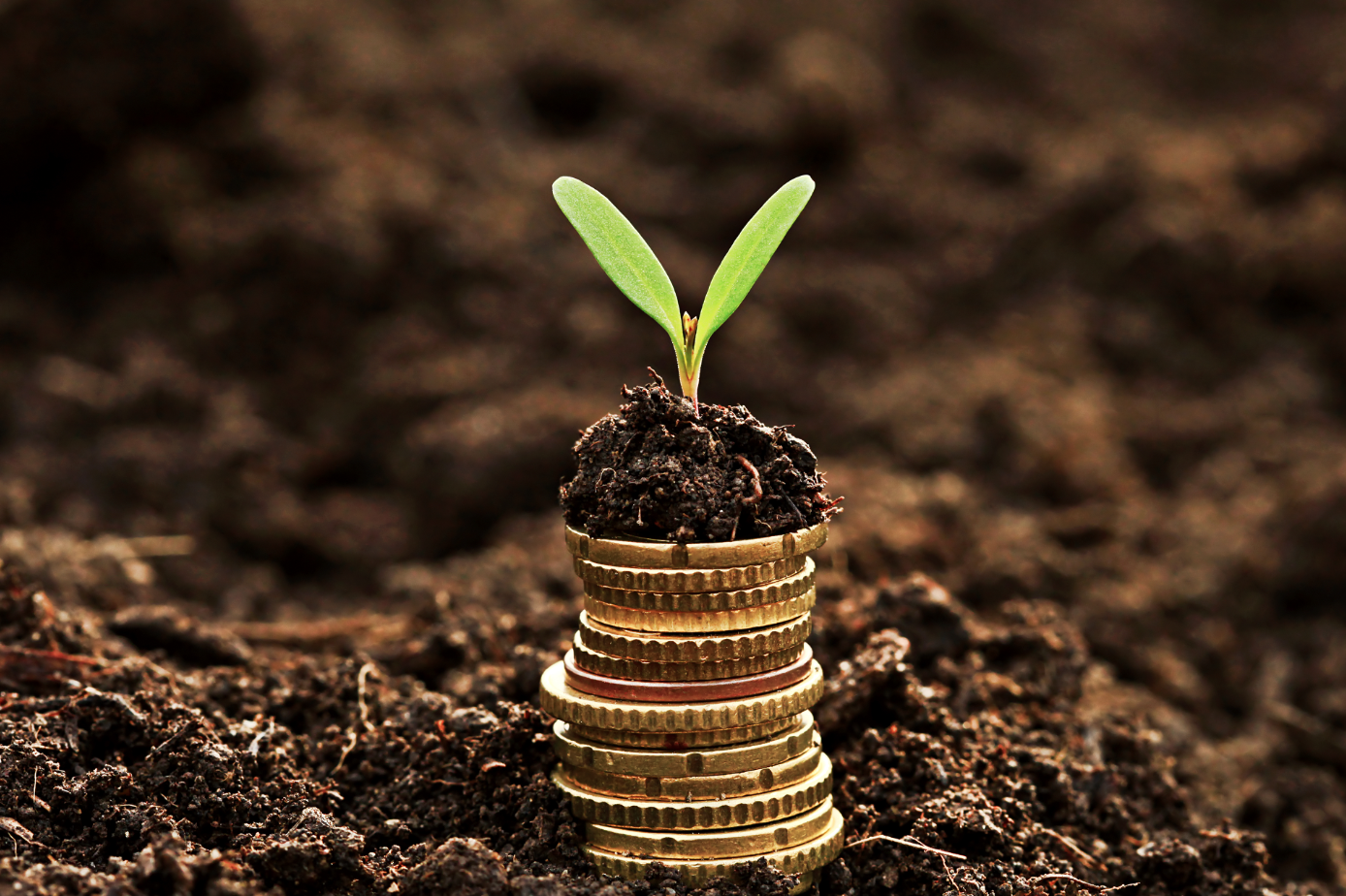IMF urges PHL to find ways to fund climate change projects via revenue

THE Philippines needs to find a way to sustainably fund climate change mitigation and adaptation via enhanced revenue generation, the International Monetary Fund (IMF) said.
“As greater fiscal space is generated by higher revenue, the focus should continue to be placed on identifying in the budget those investments that support climate mitigation and adaptation objectives, and to increase their share over time,” IMF Representative to the Philippines Ragnar Gudmundsson said in an e-mail.
Finance Secretary Carlos G. Dominguez III has said the government is in the process of completing a sustainable finance framework prior to undertaking a maiden sovereign green bond issue. Its proceeds will fund climate mitigation projects.
The government’s sustainable finance roadmap seeks to bridge policy and regulatory gaps in making investment sustainable.
“It will be crucial to identify more resources for climate change adaptation and mitigation, including to boost the production and use of renewable energy and support climate-friendly innovation,” Mr. Gudmundsson added.
He said the government could look into introducing greenhouse gas emissions pricing, using mechanisms such as carbon taxes or emissions trading systems.
“Recycling some of the revenue from carbon pricing to provide targeted assistance for vulnerable groups would also support equity and poverty objectives,” he said.
Mr. Gudmundsson said another priority is to reduce and eliminate remaining distortionary subsidies for fossil fuels.
The Philippines has pledged to reduce greenhouse gas emissions by 75% from 2020 to 2030. Of the 75% target, just 2.71% can be achieved with internal resources, while the remaining 72.29% rests on international assistance.
Mr. Gudmundsson said the financial sector has a crucial role to play in channeling funds that boost sustainability.
“The aim should be to better identify, disclose, and price the risks associated with climate change in lending decisions to support investments that incorporate adaptation requirements,” he said.
“The objective should ultimately be to deter brown industries and favor green industries through better pricing of risks and differentiated borrowing costs,” he added.
In October, the Bangko Sentral ng Pilipinas directed banks to adopt procedures that will take into account environmental and social risks in the process of credit underwriting. It was the second phase of the central bank’s sustainable finance framework which was unveiled in April 2020.
Seven Philippine banks have issued more than $1.15 billion in green, social, and sustainability bonds since 2017, according to the Bankers Association of the Philippines. — Luz Wendy T. Noble




